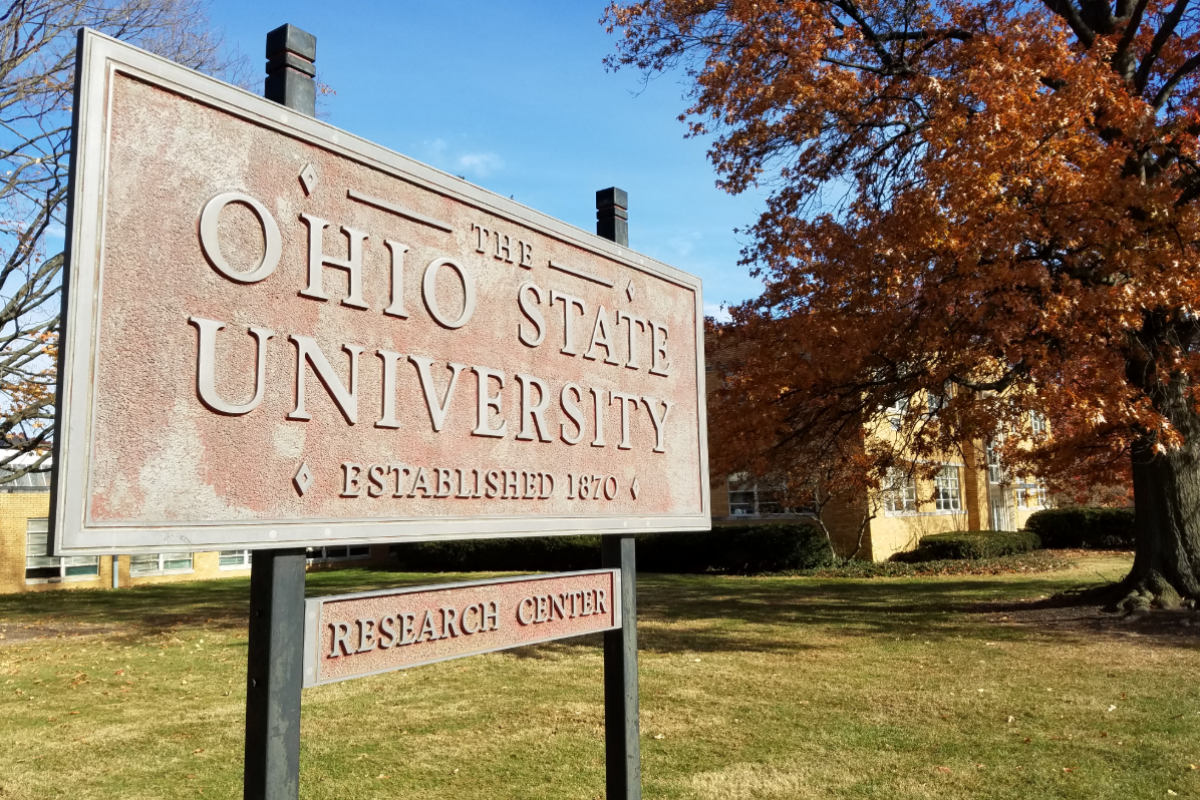Research led by St. Jude Children’s Research Hospital and the University of Miami Miller School of Medicine has uncovered significant genetic overlaps between motor neuron diseases, particularly amyotrophic lateral sclerosis (ALS) and hereditary spastic paraplegia (HSP). The findings, published on October 29, 2025, in the journal Translational Neurodegeneration, identify ultrarare gene variants that contribute to both conditions, challenging previous notions of their genetic distinctiveness.
Traditionally, ALS and HSP were perceived as separate entities, each with unique genetic profiles. However, this new analysis reveals that patients with sporadic forms of these diseases share common genetic variants, suggesting a more complex interplay than previously recognized. The research team identified 423 unique disease-causing variants present in 222 ALS patients and 134 HSP patients, indicating a notable overlap in genetic risk factors.
The study highlights the importance of viewing these disorders through a broader genetic lens. “Variants are often dismissed if they are not contextually relevant, such as ALS patients carrying rare variants in HSP genes,” explained Gang Wu, PhD, an associate member of the St. Jude Department of Pathology and director of the Center for Applied Bioinformatics. This comprehensive analysis utilized a tool called CoCoRV to track genetic variations, demonstrating that genes associated with HSP may also increase the risk for sporadic ALS.
The research included patients from various centers across the United States, Europe, and South Africa, all part of the Clinical Research in ALS and Related Disorders for Therapeutic Development (CReATe) Consortium’s Phenotype-Genotype-Biomarker study. The collaboration underscores the value of a multi-disciplinary approach to understanding motor neuron diseases.
Implications for Future Research and Treatment
One of the groundbreaking findings from this study is the identification of the canonical HSP gene AP4S1, which showed significant enrichment in ultrarare variants among ALS patients of European ancestry. This discovery is expected to pave the way for more tailored treatment strategies for patients suffering from these debilitating conditions.
Co-author Michael Benatar, MD, PhD, from the University of Miami, emphasized the significance of studying related disorders in tandem. “The work published today underscores the value of this approach,” he stated, advocating for continued research into the genetic underpinnings of motor neuron diseases.
The study calls for a more open-minded exploration of genetic mutations associated with specific diseases. By broadening the scope of genetic research, clinicians can enhance personalized care and improve diagnostic accuracy for affected individuals. “Extensive progress has been made over the past decade to decode the genetic landscape of motor neuron diseases such as ALS and HSP,” noted J. Paul Taylor, MD, PhD, Executive Vice President and Scientific Director at St. Jude. “This study furthers that cause by showing the overlapping contributions of canonically distinct genes.”
Collaborative Efforts and Future Directions
The research team included contributions from experts across numerous institutions, highlighting the collaborative nature of modern scientific inquiry. Authors also included researchers from the Mayo Clinic, University of Cape Town, and several other prestigious medical facilities.
Funding for the study was provided by the National Institutes of Health, the National Cancer Institute, the ALS Association, the Wellcome Trust, and the American Lebanese Syrian Associated Charities (ALSAC), the fundraising organization of St. Jude.
As the field of genetic research continues to evolve, this study marks a significant step toward understanding the complexities of motor neuron diseases. By recognizing the shared genetic factors, researchers hope to unlock new pathways for effective therapies, ultimately improving outcomes for patients suffering from ALS, HSP, and related disorders.







